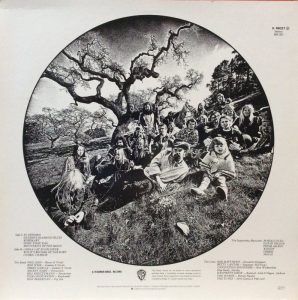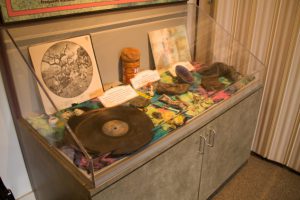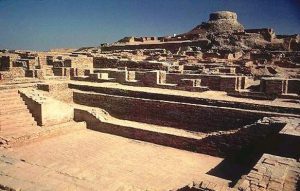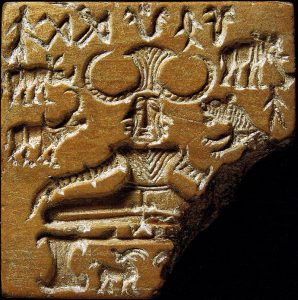For my on-campus job, I call alums and solicit donations. A few weeks ago I spoke to a woman, and she told me she lived in a commune for twelve years. I was so intrigued by this and began to ask her a series of questions. “Did you drive a Volkswagen van?” “Did you wear bell-bottoms?” “Did you listen to the grateful dead?”
The world around us is filled with stereotypes. One word triggers a set of five other words. These stereotypes help classify us into groups, build up these preconceived notions about each different category of people to the point at which we know nothing beyond these stereotypes, and believe nothing beyond these stereotypes. Archaeology’s role is to use the artifacts, or the hard evidence, to deconstruct these myths and establish the emotions and individuality that is lost with the stereotypes. Archaeology on the objects left behind by migrants tells us a different story than that painted by the government or other organizations. Similarly, an excavation conducted in 1981 by E. Breck Parkman in the Olompali State Park debunked the stereotypes of the ‘Hippies.’
This park was once the home of a commune called ‘The Chosen Family’ which was a social project created by a man named McCoy who decided to make a collaborative household. This place ran for around 600 days and became a funnel that attracted a large number of ‘hippies.’ Grace Slick, Janis Joplin, Timothy Leary, Neal Cassady, and Ken Kesey all visited at some point. Even the Grateful Dead played shows at Olompali. The cover of their 1969 album Aoxomoxoa features the grounds of the commune.
When excavating this place, they found melted sneakers, scorched fabric, broken plates, a tube of 40-year-old face cream, red plastic Monopoly hotels, and other chunks of debris and many records. Some of these records were Vanilla Fudge, Rubber Soul, Bob Dylan; all three fit the ‘hippie’ stereotype. But Parkman also found many others that contradicted that stereotype: Judy Garland; My Fair Lady; Burl Ives; Dean Martin; and My Name Is Barbra, Two, by Barbra Streisand. Finding these records challenged the stereotypes of these people. These objects show us that the residents of this commune were all different people from different wakes of life. It paints a different picture of these people. Parkman said that post-discovering these artifacts it helped remind us that “people are a complex and diverse lot and that broad stereotypes are typically unfounded.”
In Zimmerman’s words, archaeology does politics. Its role is to propagate truth through evidence and deconstruct stereotypes.
Sources:
Pastino, B. (n.d.). Vinyl Records Excavated at Famous ’60s Commune Challenge ‘Hippie’ Stereotype, Study Says. Retrieved November 19, 2017, from http://westerndigs.org/vinyl-records-excavated-at-famous-60s-commune-challenge-hippie-stereotype-study-says/
(n.d.). Retrieved November 19, 2017, from https://archive.archaeology.org/0907/abstracts/hippies.html
Image Sources:
Vinyl Album: The Grateful Dead – Aoxomoxoa. (n.d.). Retrieved November 19, 2017, from http://www.45worlds.com/vinyl/album/k46027
https://sarahssojourn.com/2016/06/01/olompali-state-historic-park-novato-ca/
Further Reading:
https://www.utne.com/science-and-technology/dig-it-hippie-commune-unearthed
https://psmag.com/social-justice/music-hippie-chosen-family-archaeology-grateful-dead-grateful-dig-89364




